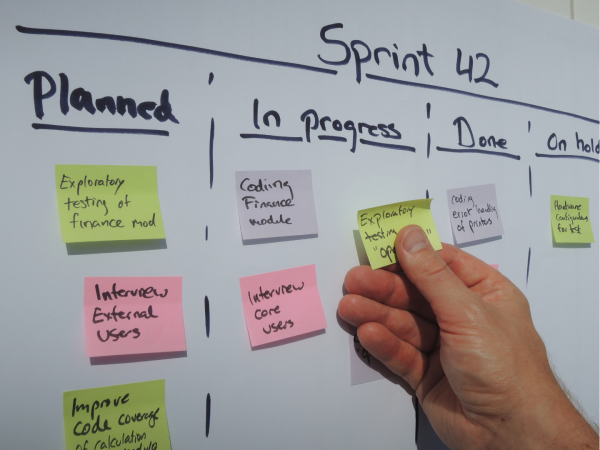Past Event: Nov 09, 2023
Retrouvez Boxfusion Consulting lors de l’événement Oracle Applications Unlimited Days, en France
1 min read

Author: Geraint Thomas
4 min read
Siebel 20 continues the recent Siebel theme of maximising business agility, and currently many businesses running Siebel CRM are considering a move to Siebel’s latest version.
Of the drivers, two of the key ones are as follows:
So, for many organisations there are increasingly important reasons to move to the latest version of Siebel. But what are the core pitfalls that can torpedo a successful Siebel 20 upgrade?

While the focus of many Siebel 20 upgrades will be to address end of life of Windows OS or database platforms, and beefing up the business case to include greater development flexibility, in many cases, there will be no immediate benefit to the business or end-user. Yet this doesn’t need to be the case.
Take the new developer tools for a test drive and show the business the greater output and flexibility for change possible with Siebel 20, and deliver the upgrade as well as clear business value.

You may have seen Siebel upgrade taking months and months, starving the business from focusing from other priorities with Siebel. This often means Siebel upgrades are pushed back, delaying introducing new Siebel features, capability, and introducing risks to security and stability.
However, with optimal planning, upgrades can be performed far faster than typically expected. For example, many upgrade activities can be performed in parallel, such as building Siebel environments, or rehearsing the go-live process in parallel with regression testing.
Additionally, with the automated testing feature in Siebel, regression tests can be executed very quickly removing a key blocker to upgrade efficiency.

The go-live of a Siebel upgrade can be a challenge for many businesses, with Siebel being a core application driving functionality in many other business applications that need to be online and stable well beyond the traditional old 9-5 pattern. Minimising downtime is a critical component of an upgrade.
An effective approach to minimise upgrade activity is to migrate to new Siebel application servers, so essentially that part of the upgrade is a simple switch from old to new. However, that leaves on the critical path executing the upgrade scripts.
Critically, there must be sufficient time in the project plan to baseline the performance of the upgrade and to optimise it. The amount of time required to optimise is inversely potential to the length of downtime that the business can tolerate during the go-live.
Once the development upgrade is finished, you can start on the upgrade optimisation straight away, even if there are functional issues that need to be fixed. They will not be a blocker for the optimisation and rehearsal of the upgrade scripts.

Any Siebel upgrade can be a challenge as there are many activities that your Siebel team won’t be used to performing day-to-day. Getting things wrong when running the upgrade scripts, for example, can mean having to restart all over again, which will mean pressure on project dates.
Critically with Siebel 20 the new developer features, and server architecture changes, means there is a steep learning curve for any Siebel team, in addition to the upgrade complexities.
Siebel upgrades can deliver tremendous value to a business, but the risk of getting it wrong can be costly. No matter how capable your Siebel team, engage with an upgrade specialist with a broad experience of Siebel upgrades, to share their experience on Siebel 20 with your team and bypass upgrade pitfalls.
If you need any advice or recommendations on the best approach for any Siebel upgrade you have on the horizon I would be happy to have a conversation with you.
1 min read
5 min read
5 min read